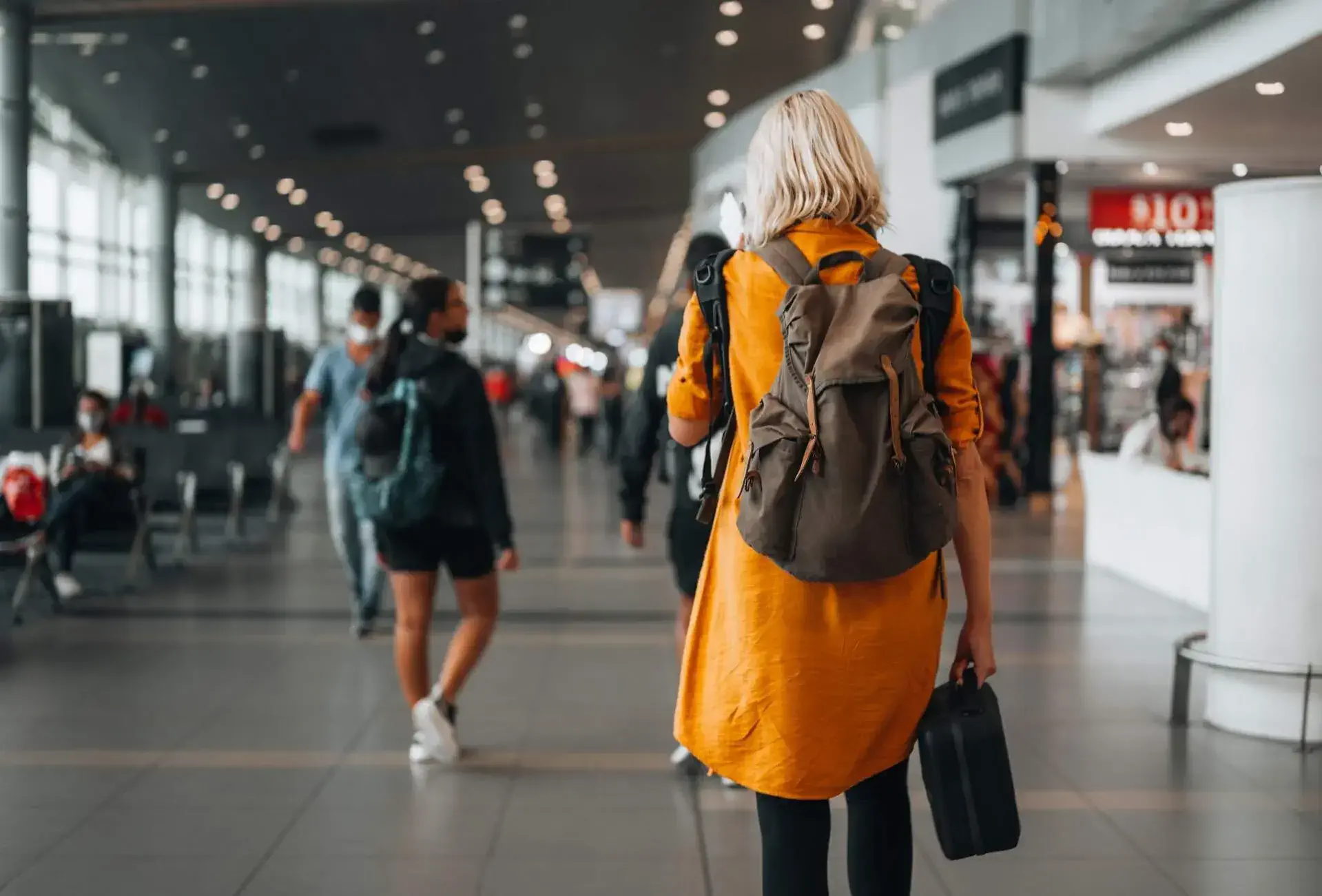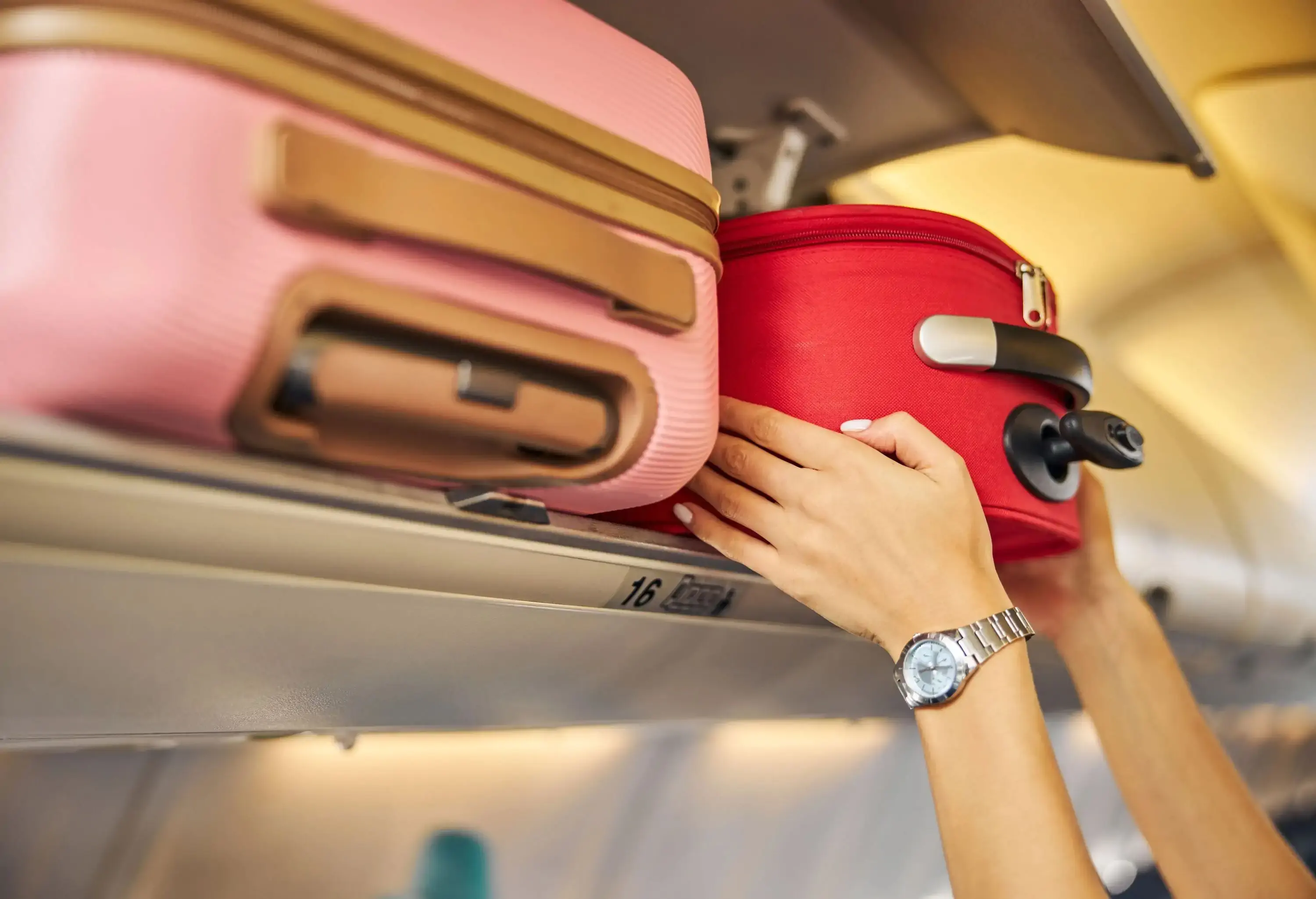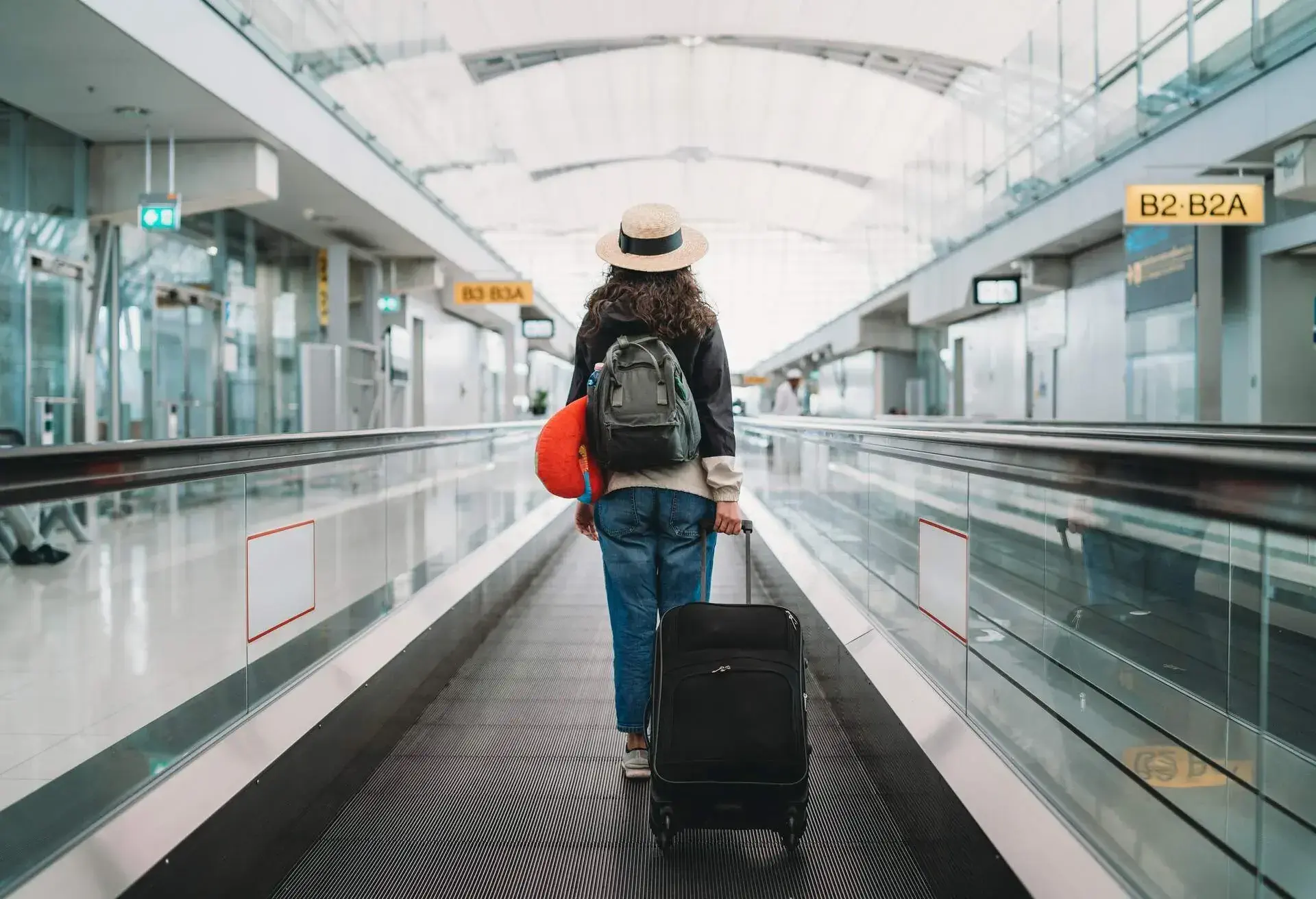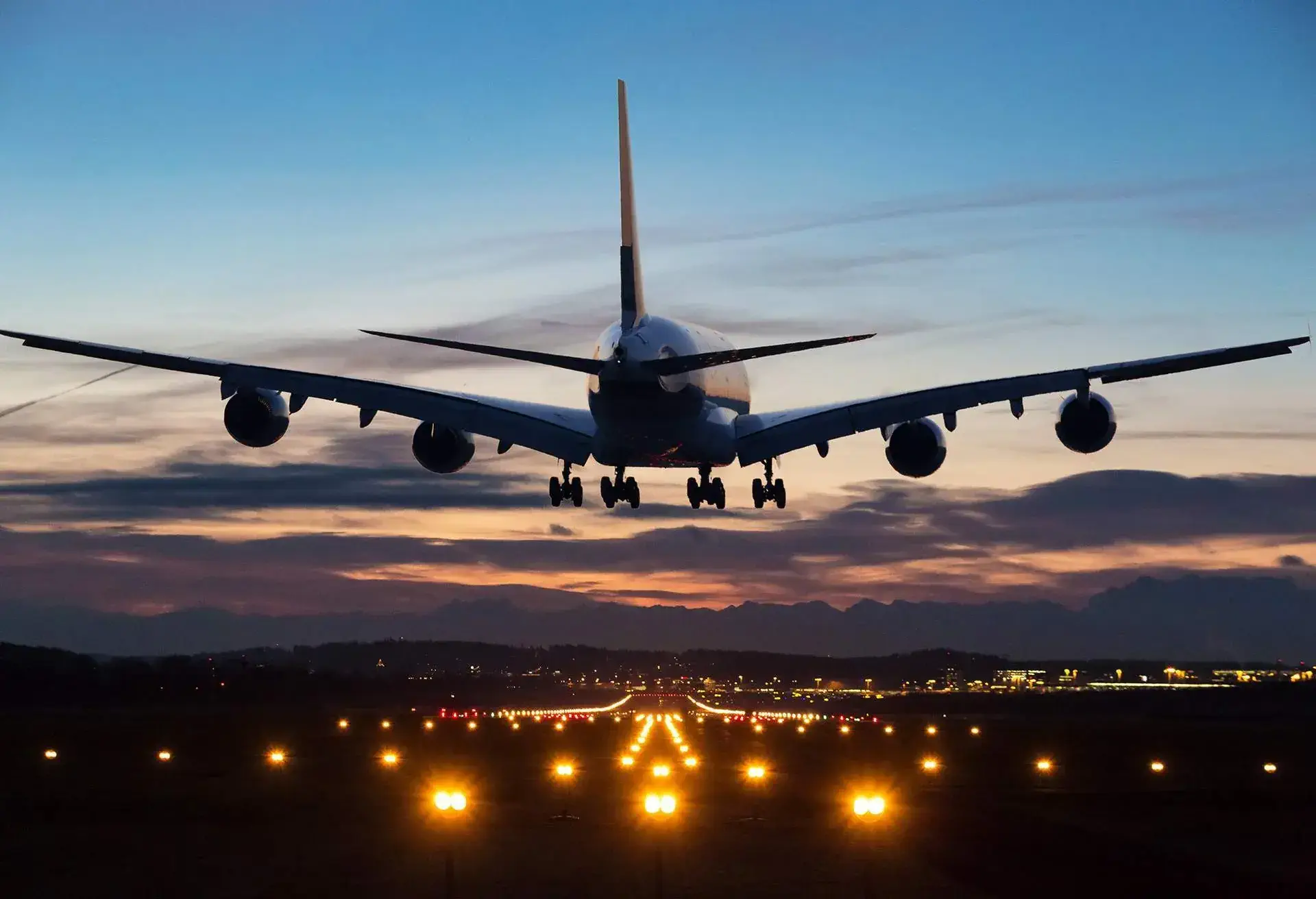Wherever you’re heading next, many tips for flying are fairly universal. But some itineraries, like those with layovers, introduce additional considerations.
Even if you already know exactly what a layover is (and even what is the difference between a layover and a stopover), you may not have all the intel on how to transform it from an inconvenience into a bonus.
What is a layover?

For passengers, a layover occurs when you briefly change planes on your way to your final destination. While the normal duration of time spent between flights can change between domestic and international layovers, the principle remains the same: A break of less than a day is almost always a layover.
Passengers may also see these called connecting flights. These definitions change for airline employees when layovers become connections with overnight breaks, but passengers do not need to consider this distinction. For the common traveller, layover and connection are interchangeable terms.
How does a layover work?
Layovers happen when passengers have to change flights en route to their final destination. This step requires passengers to disembark and then later board another aircraft, and it can increase the chance of disruptions to your itinerary, especially if your original flight is delayed.
Many travellers prefer to take direct flights when possible to avoid the hassle and extra time that come with connecting ones. However, flights with layovers are often cheaper than non-stop flights.
How to book a flight with a layover?
If you prefer a flight with a layover – say, you want to break up a long day of flying – it’s easy to find options on KAYAK. When you compare the flight results, you can choose between non-stop, one or 2+ stops simply by selecting (or unselecting) the filter box to the left of your search results.
How to book a flight without a layover?
It’s as easy as booking a flight with a layover. When you start your search, simply check the box that says “Direct flights only” to find flights without a layover. Alternatively, you can also complete your search without checking that box to compare prices between non-stop flights and flights with layovers.
What is a stopover?

When a layover becomes lengthy, it verges into stopover territory. For domestic flights, this is generally considered anything over 4 hours. International itineraries, meanwhile, don’t typically reach stopover territory until the break extends to 24 hours or more. In these cases, passengers are rarely expected to remain in the airport, and will generally retrieve their luggage and stay overnight at a hotel before returning to the airport for the rest of their onward journeys.
Stopovers are typically scheduled by savvy travellers seeking to add in a quick visit to an extra destination, but can also be scheduled for much longer periods. In fact, several airlines, both major and budget carriers, offer stopover programmes that allow passengers to schedule a stopover at no additional cost. However, most airlines no longer allow free stopovers when booking a ticket with award miles. There are exceptions, though, so check with your airline before booking.
What is the difference between a layover and a stopover?
The biggest difference between a layover and a stopover is that a layover is much shorter, and most passengers do not leave the airport during a layover, especially for those that are just a few hours long. With stopovers, meanwhile, leaving the airport is the whole idea, since the time between connecting flights is usually 24 hours or longer.
5 common questions about layovers
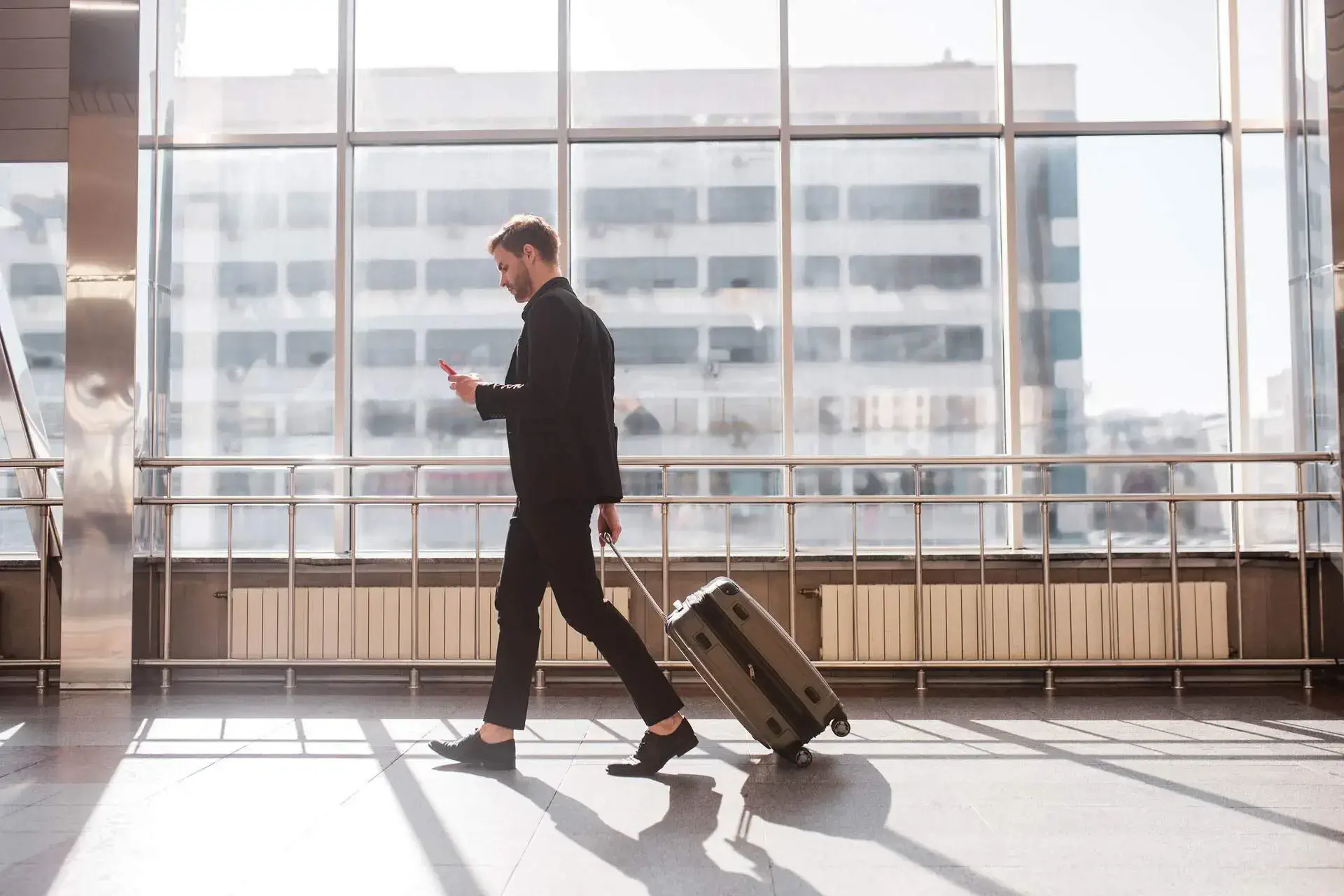
Here, we’ll answer some of the most common questions about layovers so that you’ll embark on your next trip armed with both information and inspiration.
Do you have to get off the plane during a layover?
Almost always. You’ll disembark your original flight (make sure you don’t forget anything!), spend your layover in the airport (or, if you have enough time, perhaps leave for some quick exploration), and board your next flight. The rare exception is when you’re on a flight that has a stop but no plane change. This happens on some occasions on long-haul flights where an aircraft needs to refuel (however, passengers may be required to disembark during the refueling process).
Can a layover be multiple days?
A layover is never multiple days, but a stopover can be. Except in the cases of remote destinations with limited flight schedules, a scheduled break this long usually occurs only when a passenger requests it, usually to visit another destination along the way. Customers can build stopovers as they please and pay the additional costs, but most airlines no longer allow free stopovers when booking a ticket with award miles. There are exceptions, though, so check with your airline before booking.
What is a safe layover time?
Airlines and airports can impose their own minimum layover time requirements and most of these hover around the 30-minute mark. This does not mean you are guaranteed to make your connection, though. Delays with deplaning are common, and boarding gates generally close around 15 minutes before departure, so you could easily miss a connection with a layover this short, even if your two gates are next to each other. I recommend giving yourself at least one hour domestically, and an hour and a half for international layovers.
Do you have to check in again for the connecting flight on a layover?
For your connecting flight on a layover, you do not have to check in again, even for international flights. When you check in for your trip on your originating flight, that takes care of all the connecting flights on your itinerary.
How does luggage work on a layover?
The most important aspects of how luggage works on a layover are whether your trip is domestic or international and whether you’re checking a bag or only travelling with hand luggage. If you’re only travelling with carry-on luggage, it’s pretty simple: You’ll keep all your bags with you throughout your trip, whether you’re traveling internationally or domestically.
If you’re checking a bag on a domestic flight within the UK, you’ll check it at your originating flight, and you’ll pick it up at baggage claim in your final destination. (The only time this wouldn’t be the case is if you booked two separate tickets with two different airlines. In that scenario, you’d need to grab your bag from baggage claim and start the check-in and security process all over again.)
The situation can become a little bit more complicated when you check a bag for your international trip. If you’re traveling to a European country that’s within the Schengen Area, most of the time your bag will be checked to your final destination. In that case, you won’t need to recheck it during your layover. But, as with so much else with air travel, rules and regulations can change quickly. So be sure to check with your airline to make sure you stay up to date with what you need to do.
How this guide was created
As a professional traveller, I fly every week, averaging 120 flights per year, and have been doing so for years. Layovers may not be a daily occurrence for me, but they’re certainly weekly. I’ve combined this experience of countless layovers with KAYAK’s expert tips and tools to create this guide for you.

